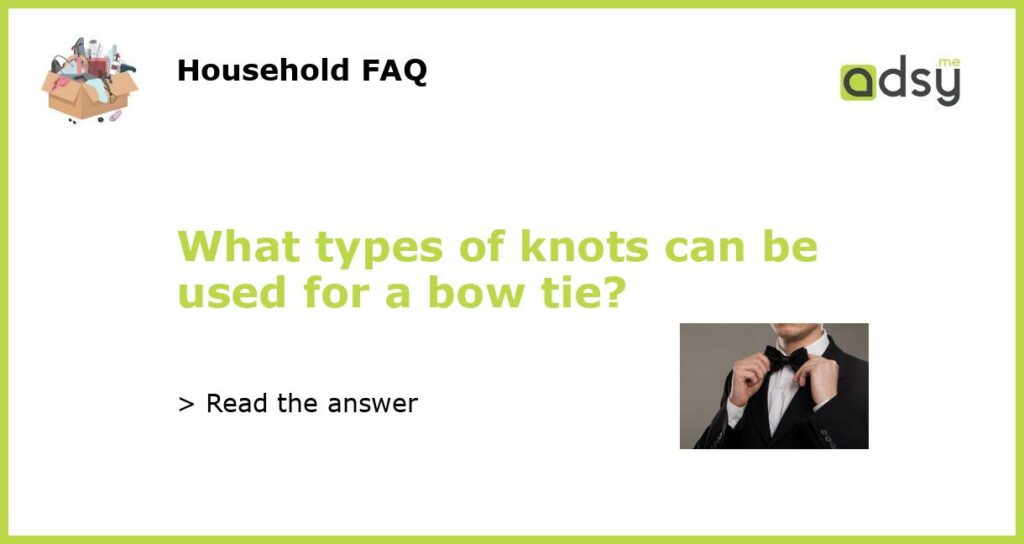Understanding Bow Ties and Knots
Bow ties are a great way to add some personality to any outfit. They come in a variety of materials, patterns, and colors, making them versatile for any occasion. But when it comes to tying the knot, the options can be overwhelming. Here are five popular types of knots that can be used for a bow tie.
The Classic Knot
The Classic Knot is the most common type of knot used for bow ties. It’s the knot that most people think of when they envision a bow tie. This knot is simple, symmetrical, and easy to adjust. It requires two loops which are tied together, giving the bow tie a uniform look.
The Butterfly Knot
The Butterfly Knot is a popular choice for formal events. It’s a larger knot that gives the bow tie a fuller appearance. This knot is also symmetrical and requires three loops to be tied together. The result is a knot that resembles a butterfly, hence the name.
The Batwing Knot
The Batwing Knot is a more modern and streamlined knot. It’s a thin, elongated knot that gives the bow tie a minimalist look. It’s perfect for more casual events or for those who prefer a more subtle accessory. This knot requires only two loops to be tied together.
The Diamond Knot
The Diamond Knot is a unique and eye-catching knot that’s perfect for those who want to make a statement. It’s a wide, asymmetrical knot that resembles a diamond. This knot requires three loops to be tied together, one of which is larger and off-center.
The Hourglass Knot
The Hourglass Knot is a more intricate and complex knot. It’s a symmetrical knot that resembles an hourglass in shape. This knot requires four loops to be tied together, making it a bit more difficult to master. However, the result is a striking knot that’s perfect for those who want to stand out.






